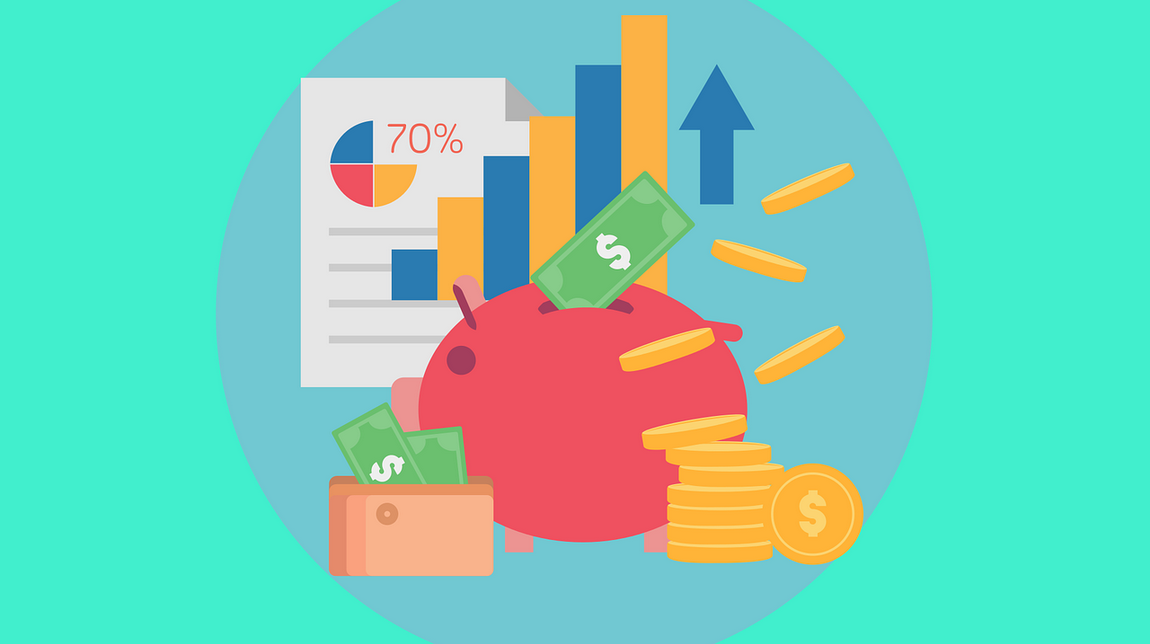Rainy day money. Stockpile. Nest egg. No matter what you call it, no one can deny the importance of having an emergency fund. This is cash that you can access when you absolutely need it – and when not having it would constitute a true emergency. What are some of the best ways to save for an emergency fund, and where should you keep your savings? Keep on reading to find out!
1. Create a Dedicated Savings Account
If you have trouble saving for emergencies, try opening a special account dedicated for only emergency expenses. Leave any debit cards or checkbooks for this account at home or in safe place where you won’t be tempted to use it for impulse buys. Emergency funds should be held in accounts that have minimal fees (or ideally, no fees), are low risk (not volatile stocks or risky investment accounts), and easy to access (letting you access cash easily and fast if and when you need it). For emergency funds, stability and accessibility are more important than seeing a high rate of return. While it’s important to invest as well, an emergency fund needs to be reliably in place in case of an emergency. Some good accounts to hold an emergency fund in include savings, checking, or money market accounts.
2. Contribute Regularly
Be sure to contribute to your emergency fund regularly – if you’re paid via direct deposit, you can often have part of your paycheck go into a separate account. You can also set up automatic transfers between your bank accounts. Even setting aside just $5 each week will turn into $260 at the end of the year – and contributing more will help you to build a more stable emergency fund. If you get any unexpected cash, such as a bonus at work or a tax refund, try to set aside a portion of it for your emergency fund. Making regular contributions to your emergency fund is the key to having money when you need it.
3. Fine-tune your Budget
It’s always a good idea to look over your budget and figure out areas where you can cut back. If you’re not saving money as fast as you would like, determine how much you’re spending on various expenses and which of these are truly necessary. Find ways where you can save; for example, you can lower your electric bill by using the cold-water cycle on your washing machine instead of hot water, or by making sure to turn lights off when you leave the room. Taking advantage of coupons, sales, grocery reward programs, and cash-back credit cards can all be useful ways to save or earn money. If you’re able to save even an extra $5 or $10 each week, this can be added to your emergency fund and used to build up a bigger cushion.
4. Avoid Building Debt
Some people rely on credit cards or loans in the event of an emergency. However, building debt in this way can be a vicious cycle. If you don’t pay off your debt quickly, the balance could grow with interest expenses and you’ll end up owing even more. It’s better to have an emergency fund to use so that you can avoid having to pay interest or falling into debt. If you’re already struggling with debt and are finding it hard to save, consider utilizing debt relief to ease some of the burden, or speaking with a financial advisor about developing budget where you can build up an emergency fund and start paying off debt at the same time.
5. Give Yourself a Goal
Any emergency fund is better than none at all, even if it’s just $100. So don’t be afraid to start saving – if you ever need it, you’ll be thankful you did. That being said, it’s usually expected that an emergency fund should be able to pay for at least three months of your basic, absolutely necessary living expenses. This includes grocery bills, rent or mortgage payments, medical bills, transportation, and utilities. If three months’ worth of funds seems too high right now, start smaller. Set a goal of just $1,000, then just one month of expenses. Once you reach your target, you can set a higher goal for yourself. The most prepared individuals like to have enough saved up for one year of living expenses, especially if they suspect a recession or loss of income. Reaching these goals will help you from worrying about money when you absolutely need it.
6. For Emergencies Only
It’s important to note that an emergency fund isn’t just saved-up cash that you can spend whenever you want. It’s meant to be used only for emergencies. That means medical bills, unexpected home or car repairs, necessary living expenses after a loss of income, or other expenses in this vein. Avoid dipping into your emergency fund for things you don’t truly need (like concert tickets or shopping sprees). Similarly, don’t use your emergency fund for risky investments that might not pan out – after all, if the investment fails, you won’t have that money to fall back on. One key part of saving for an emergency fund is being able to save it for emergencies only. If you ever need to use your fund for a true emergency, you’ll be glad that you saved.
What Happens if I Have an Emergency Now?
Preparing for the future is always a wise thing to do, but what happens if you need money now and have yet to build up an emergency fund?
If you need money now for something like a car repair, medical bill, or other emergency, you have a few options. See if any of these choices are available for you:
- Selling or pawning assets or possessions.
- Asking for an advance on your paycheck.
- Finding a side-hustle job.
- Borrowing money from a 401(k) or other retirement account.
- Getting a credit card or personal loan.
Of course, it’s never too late to start building your emergency fund! Start saving today to be better prepared for whatever life throws at you.






















